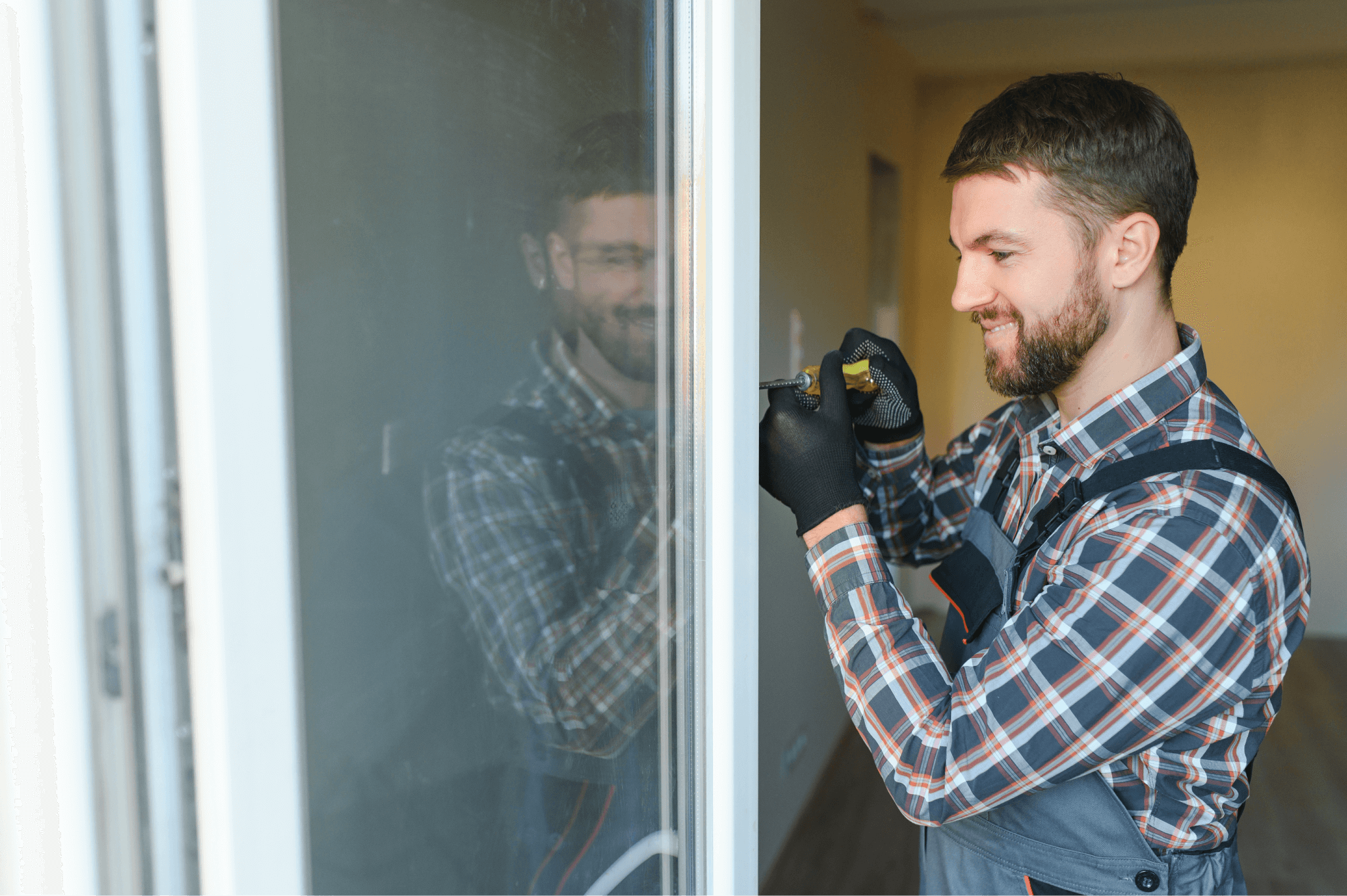Many older homes in Canada have inefficient windows and doors that contribute to energy loss. While they may still look good or don't seem like a problem, they may have become one of the main reasons your heating and cooling bills are so high. Common issues include:
- drafts
- poor insulation
- broken seals
- outdated materials
Benefits of Completing Upgrades
Replacing windows and doors can lead to numerous benefits such as:
- improved energy efficiency
- enhanced curb appeal
- better sound insulation
- increased home value
- reducing energy consumption
Saving Energy and Reducing Emissions
As responsible homeowners, we can contribute to energy conservation and emission reduction by investing in energy-efficient windows and doors. These upgrades not only benefit us personally but also contribute to a healthier planet for future generations.
Recent improvements in energy efficiency for windows and doors have focused on enhancing thermal performance, durability, and overall sustainability. Some key advancements include:
High-Performance Glazing
Advanced glazing technologies, such as low-emissivity (low-E) coatings and multiple glazing layers (double or triple glazing), significantly improve the insulation properties of windows. These technologies help reduce heat transfer, minimize air leakage, and improve overall energy efficiency.
Insulated Frames and Spacers
Window and door frames play a crucial role in overall energy efficiency. Recent advancements in frame materials, such as fiberglass, vinyl, and composite materials, offer improved insulation properties compared to traditional materials like aluminum. Additionally, thermally broken frames and advanced spacer systems reduce heat conduction through the frame, further enhancing energy efficiency.
Gas Fills
Some advanced window units feature inert gas fills (such as argon or krypton) between glazing layers, which offer better insulation properties than air. These gas fills help reduce heat transfer and improve the overall insulating value of the window or door.
Dynamic Glazing Technologies
Emerging dynamic glazing technologies, such as electrochromic or thermochromic windows, allow for the control of light and heat transmission based on environmental conditions or user preferences. These windows can automatically adjust their tint to optimize energy efficiency and occupant comfort.
Integrated Shading Systems
Some modern windows and doors come with integrated shading systems, such as blinds or shades positioned between glazing layers. These systems can help control solar heat gain and glare, improving overall energy efficiency and indoor comfort.
Enhanced Weatherstripping and Seals
Improvements in weatherstripping and sealing technologies have led to better airtightness for windows and doors. Enhanced seals and gaskets reduce air leakage, preventing drafts and improving overall energy performance.
Energy Performance Ratings
The development of standardized energy performance ratings, such as ENERGY STAR® certification, helps consumers make informed decisions by identifying products with high energy efficiency standards.
These advancements collectively contribute to more energy-efficient windows and doors, offering improved comfort, reduced energy consumption, and lower utility bills
The Details
Typical Costs to Complete Upgrades
For a suburban detached home of 2200 square feet, the cost of replacing windows and doors can vary based on factors like the type of materials, size, and installation complexity. On average, homeowners can expect to invest anywhere between $5,000 to $50,000 for a full replacement.
Average Energy Bill Savings per Year and Payback Period
After replacing windows and doors in a 2200 square foot home, homeowners can typically save between $200 to $2000 per year on their energy bills. With these savings, the payback period for the upgrade can range from 5 to 25 years, making it a long-term investment in energy efficiency.
Average Emissions Saved per Year After Upgrades
By replacing windows and doors in a 2200 square foot home with energy-efficient models, homeowners can reduce their carbon footprint by approximately 1 to 3 metric tons of CO2 emissions per year. This reduction in emissions helps to reduce the rate of climate change and contribute to a more sustainable environment.

Discover more
Learn more about making home energy upgrades easy
Stay Updated with Our Newsletter
Get the latest home energy insights and tips


.png)




